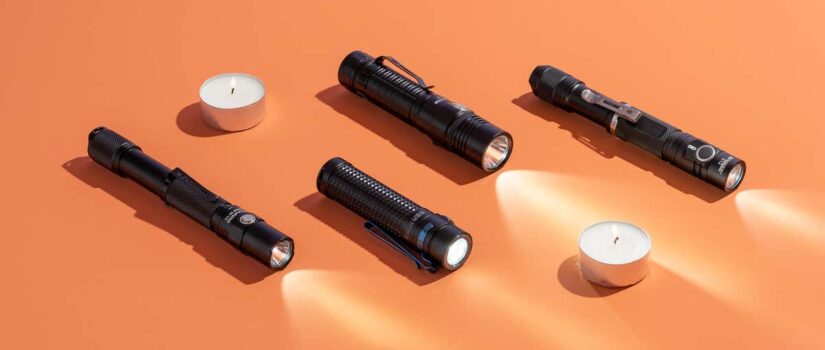Which are the best flashlights you must need?
Light-Emitting Diode (LED) flashlights are the other readily available type suitable for best flashlights. The engineering of the light is beyond the scope of this article. But you do need to know how to compare the two lights. If incandescent light could be compared to a normal 60W light bulb. An LED would be compared to the light emitted by the screen on your iPhone. Therefore, there are usually multiple LEDs in head of flashlight. LED flashlights give off light that has slight bluish tinge. Because there are more individual light sources, the light emitted is usually a little more evenly distributed throughout the beam.
It has very little heat is produced while these lights are on. Another big bonus is that they are a little harder to break with a bump, hit, or shock of some kind. For this reason, you’ll find that a great many weapon mounted lights are LED. Since they handle the shock of the firearm discharging rather well.
List of top best flashlights:
- Imalent MS18
- AceBeam X45
- Fenix LR40R
- NiteCore TM10K
- Imalent RT90
- AceBeam K75
- Wurkkos XHP70
- Imalent MS03
- NiteCore TM9K
A final technical consideration for a flashlight is its lumen level. Lumens are the measure for how bright a light appears. For the most part, the 50- 80 lumens range is perfect to see things in the dark. But for self-defense, I usually prefer the 150-180 lumens range, possibly even more.
When picking a flashlight, several key questions should consider. If you address these questions while researching your light. You’ll end up with one that’s better suit to your personal needs and likes.
The first question you should consider is the size of the flashlight. Will the flashlight able to worn or carried easily without getting in the way of my normal routine? For this reason alone, I tend to not carry the biggest flashlight I can find. There are plenty of pocket-sized lights that are powerful.
The next question is about getting your hands on the flashlight. Will I be able to access it quickly and in the dark without needing to look for it? This might seem like common-sense, but I’ve seen it overlooked many times.
Another question has to do with function. Does the light have a good track record of being use in the situations I’m planning to need it for? I wouldn’t want to take two dollar key chain flashlight with me in very dark forest with lot of obstacles. There’s just not enough power to the light to show me the things I need to see. There’s almost no range to them.
Range is another very important consideration. How far I can see with my light is not same as distance my light can seen by someone. I need to consider the target. I make when I turn on my flashlight as much as need to consider my need to see around me. Again, training and practice are the best ways to compensate for these situations. There are methods that can help reduce risk while using a light in a dangerous situation. But you need to learn these techniques from an experienced instructor.

